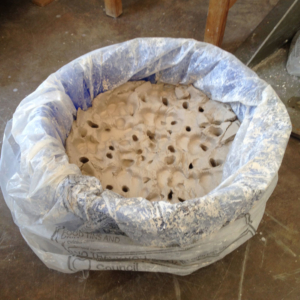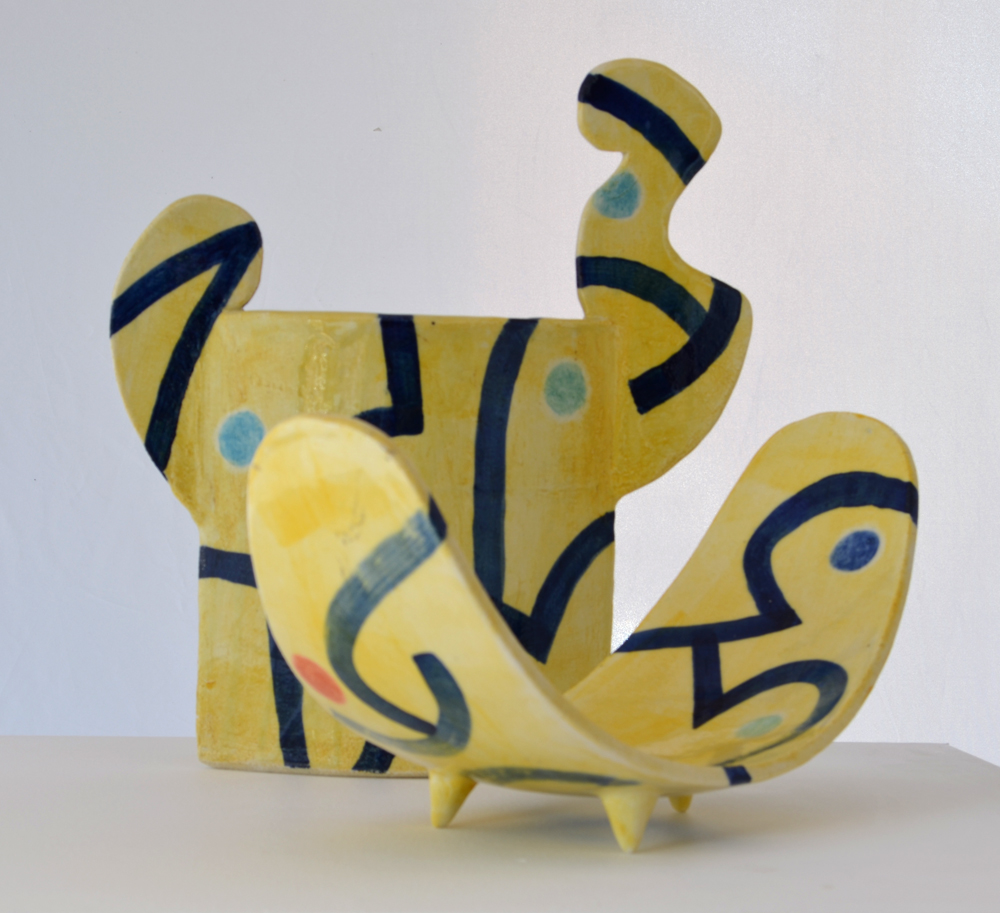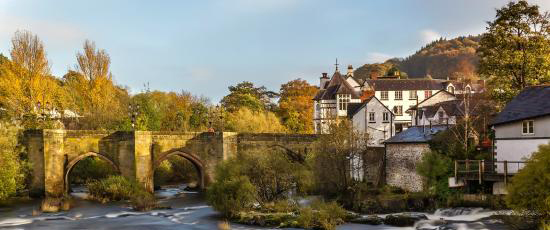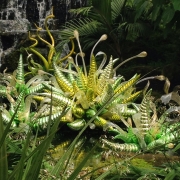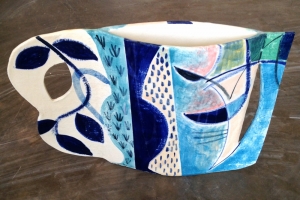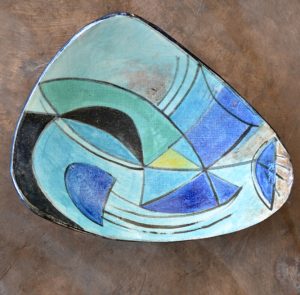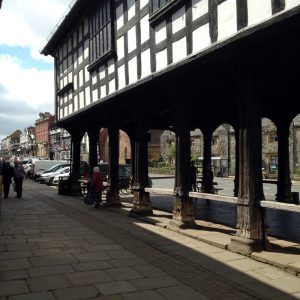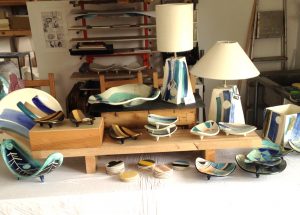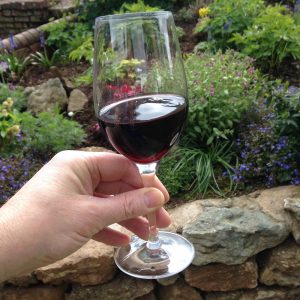ankle-deep in bluebells (Part 2)

I apologize for this second blog in one month but, you see, I never know how many people read this, so, when somebody actually makes contact (info@peterarscott.co.uk) I am taken by surprise. Anna got in touch after the last one; she is a potter in Manchester who lives in a small flat in the city and she liked all the references to the countryside, mainly because, for her, the outdoors are inaccessible at the moment and she enjoyed the pictures of Frith Wood and even found my comments acceptable, and not at all flippant. She wants more. So, Anna, this is for you.

The first thing to point out on your way up the road towards the gate that leads to the steep meadow up to Bradlow Knoll is the appearance in just a few days of Queen Anne’s lace and Cow Parsley growing along the verges. The former is said to have been named after Queen Anne, who was an expert lace maker. When she pricked herself with a needle, a single drop of blood fell from her finger onto the lace, leaving the dark purple floret found in the flower’s centre. Its root is edible when young and similar to a carrot, but it is easily confused with Poison Hemlock, which is deadly, so best not to bother eating it. Stick to your local supermarket.

Since the last visit to the wood, Bradlow Hill has become even steeper. This means that before you can turn to look down at the view of Ledbury at your feet (the reward for all your uphill effort), you have to sit amongst the sheep and their calling cards and take deep mouthfuls of air. Never do lungs seem more like bellows than when you need air, and never have they been more appreciated than in these Covid times. They are fabulous organs and have climbed the rankings in the “Favourite Organ” league to overtake kidneys, spleen and bladder. The appendix, surely, is bottom of the league. By the way, the other reason for contacting me is to challenge any drivel I come up with. Is the appendix an organ? There is a comment box at the bottom of the page if you want to avoid emailing me.

From the top of the hill, with the gate that leads into the wood at your back, the view is now speckled with white as the hawthorn hedges start to show off their mayflower bloom. A frequent shrub for hedgerows in this country as it is an effective barrier against livestock, in this case sheep, thanks to its twisted, thorny branches. The Bradlow sheep were unbothered by this and were using its shade to take a nap in or for scratching their posteriors.


I could tell something had changed from the last visit. When I entered the cool dark of the wood and allowed my eyes to get used to the gloom it was obvious that the bluebells were in decline. Instead of the profusion of blue, a newer carpet of colour had taken over: white stitchwort taking in the light through the thinly leaved canopy of the woodland. It was once used as a herbal remedy for a stitch (the pain sometimes felt in the side during exercise), hence the name ‘stitchwort’. Also known as “Star-of-Bethlehem” and “daddy’s-shirt-buttons“. Do not pick them – if you pick greater stitchwort, you will cause a thunderstorm. I shall return to them next month when their seed capsules ripen and start making popping sounds. They could be mistaken foe wood anemones, a mistake I made, but I was steered away gently by Bridget of Malvern – for which many thanks. Misinforming Anna of Manchester is not what I want.
Deep in the woods the birds were singing away as they do. I stopped and recorded a minute’s worth for you. If you can identify correctly three of the birds (there are in fact four) and send me your answer in an email (see above), the first correct answer will get a prize. You may have to turn up the volume. Sadly, Mr W.B. cannot take part, being our go-to expert who officially identified the birdies. Ladies and gentlemen, this three legged stoneware bowl shall be sent to the winner. Hand painted and glazed, part of the Hudson series, slightly retro, in a good way, American abstract expressionist in character. 23 x 23 x 8 cms (0.75 g). Normally retails at £60. How can you resist the challenge?

The Yellow Archangel is another plant that comes into bloom as the Bluebells are fading, it probably gets its name from its virtue of not stinging, despite being part of the dead-nettle family. Here’s a picture of some amongst the few Bluebells left. Is that single pink flower a Herb Robert?

Further and deeper into the wood a yew tree leans into the path. These old trees can live for centuries and often harbour badger setts among its roots. The badger, “that most ancient Briton of English beasts” (Edward Thomas), is not seen very often – it is nocturnal and secretive, often associated with The Wind in the Willows in his dressing gown and slippers, but by others, including some friends, blamed for many criminal acts in gardens.

One friend is surprised that after years of country-dwelling we haven’t learned that every act of seemingly pointless rural vandalism is always caused by badgers. Furthermore, and to counter the “cuddly” view of badgers, another friend quotes Beatrix Potter from The Tale of Mr Tod:

” . . . Tommy Brock was a short bristly fat waddling person with a grin; he grinned all over his face. He was not nice in his habits. He ate wasps nests and frogs and worms; and he waddled about by moonlight, digging things up. His clothes were very dirty; and as he slept in the daytime, he always went to bed in his boots. And the bed which he went to bed in, was generally Mr Tod’s.”
I’m not sure how bucolic I’ve been, but I hope you enjoyed it, Anna. I even squeezed in a ceramics reference, which is, after all, the point of this blog. Lastly (and here I am blowing my own trumpet, I know), if you are in the mood and like short stories, let me introduce you to The Common. It is a literary organization whose mission is to deepen our individual and collective sense of place. Based at Amherst College, it aims to serve as a vibrant common space for the global exchange of ideas and experiences and publishes works that embody particular times and places. It has published one of my short stories. Please click here if you would like to read it: Malus

Thank you, keep well, and keep off the Hemlock.
A policeman saw a man driving around with a van full of badgers. He pulls the man over and says… “You can’t drive around with badgers in this town! Take them to the zoo immediately.” The man says “OK”… and drives away. The next day, the officer sees the man still driving around with the van full of badgers, and they’re all wearing straw hats. He pulls him over and demands… “I thought I told you to take these badgers to the zoo yesterday?” The man replies… “I did . . . today I’m taking them to the beach!”




